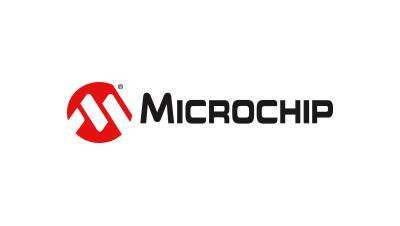IEEE 802.3bt standard
New IEEE® 802.3bt-compliant PoE solutions by Microchip
Microchip’s Power over Ethernet (PoE) BU has eased the transition of users and system developers to the latest IEEE 802.3bt standard enabling both pre-standard and IEEE-compliant PDs to receive up to 90 W of power without changing switches or cabling.
The new IEEE® 802.3bt-compliant indoor PoE midspans are available power ranges of 60W and 90W and in different port counts of 1/6/12/24. These solutions offer seamless integration with any pre-IEEE® 802.3bt devices and are fully backward compatible with the IEEE® 802.3af and IEEE® 802.3at standards. Users can thus power any combination of pre-standard and IEEE 802.3bt-2018-compliant PDs in the most cost-effective way by effortlessly installing the single- or multiport solutions between PDs and their existing switch.
The unique design of Microchip’s Gen 6 PSE chipset offers a migration path to the IEEE 802.3bt standard via software without requiring any hardware changes. The IEEE 802.3bt-compliant IdealBridge™ single package dual MOSFET-bridge rectifier protects against reverse polarity connection of Powered Devices (PDs) offering minimal PCB space, higher output power and improved thermal and power efficiency.
Next-generation PoE: IEEE® 802.3bt white paper
Since the ratification of the first PoE standard in 2003, PoE use has increased dramatically and made headway into new applications. PoE provides huge benefits in relation to ease of installation, saving CAPEX and OPEX costs, and providing a unified and safe power standard for worldwide use.
The main limiting factor affecting PoE use in new applications is the amount of available power. While 15.4W at the power source is sufficient for most IP phones and 802.11a/b/g access points, it is not enough for IP video phones, 802.11n, and pan-tilt-zoom (PTZ) IP cameras. For that reason, the Institute of Electrical and Electronic Engineers, or IEEE, released IEEE 802.3at-in 2009, specifying 30W at the PoE source.
Today there is a demand for even higher power to support additional devices connected to the Ethernet network, such as PTZ security cameras, kiosks, POS terminals, thin client, 802.11ac and 802.11ax access points, small cells, and connected LED lighting, all of which can benefit from PoE.
The new IEEE 802.3bt standard increases the maximum PoE power available mainly by utilizing all four pairs of the structured wiring. IEEE 802.3bt extends the power classification information exchanged during initial negotiation to allow meaningful power management capability, enabling support of multiple PoE classes, while also being backward compatible. These enhancements solve the challenge of higher power and more efficient PoE delivery systems.
IEEE 802.3bt Call for Interest (CFI) activity started in early 2013, and the ratification of the standard took place in September 2018. The new standard addresses the existing market needs and is considered a major catalyst to PoE market growth as it facilitates the expansion of PoE use cases by pushing the power limit of Power Sourcing Equipment (PSEs) and Powered Devices (PDs) to 90W and 71.3W respectively.
IEEE802.3bt-compliant products
PoE PSE IC Managers
|
PoE Systems
|

Do you have a Question?
Contact EBV
If you need any assistance, please click below to find your closest EBV sales office.

